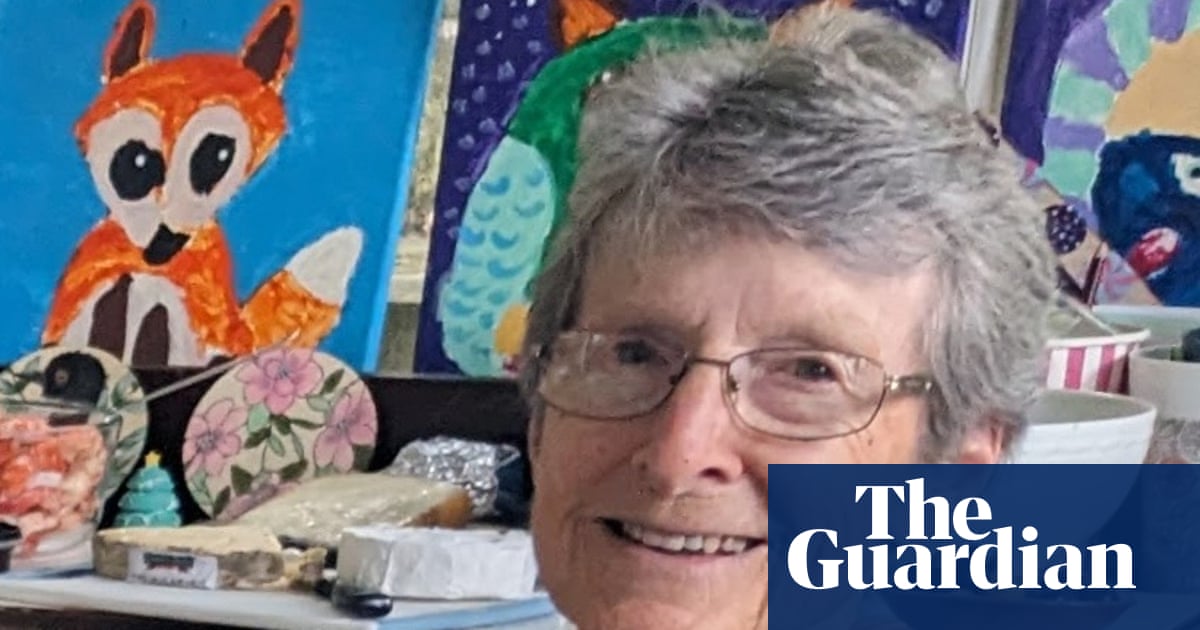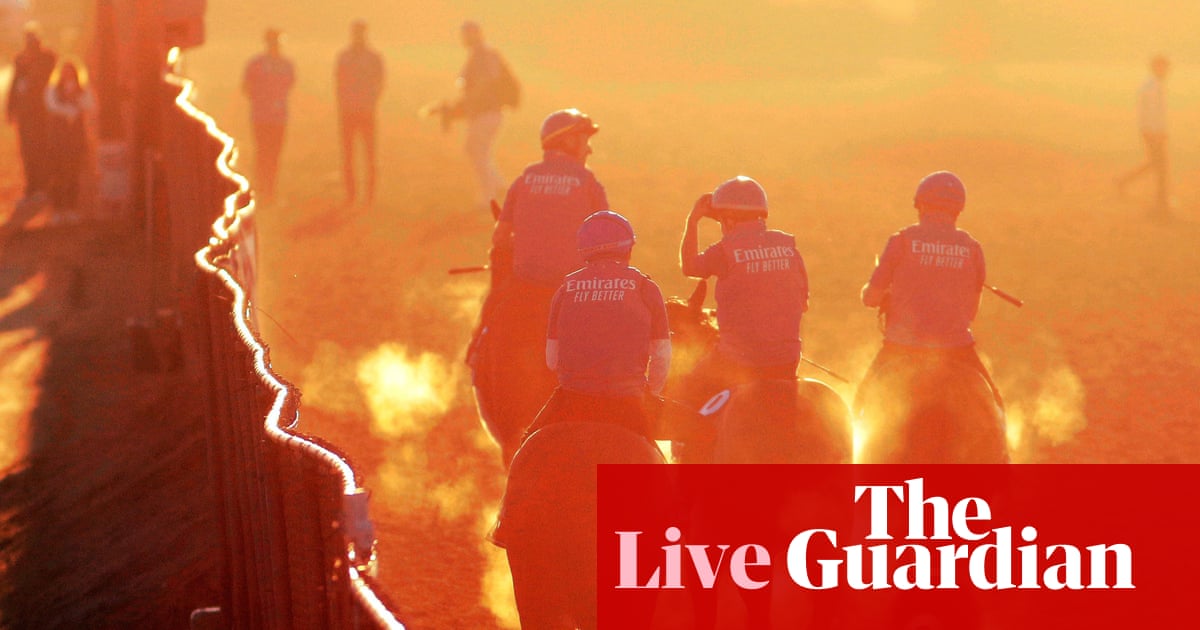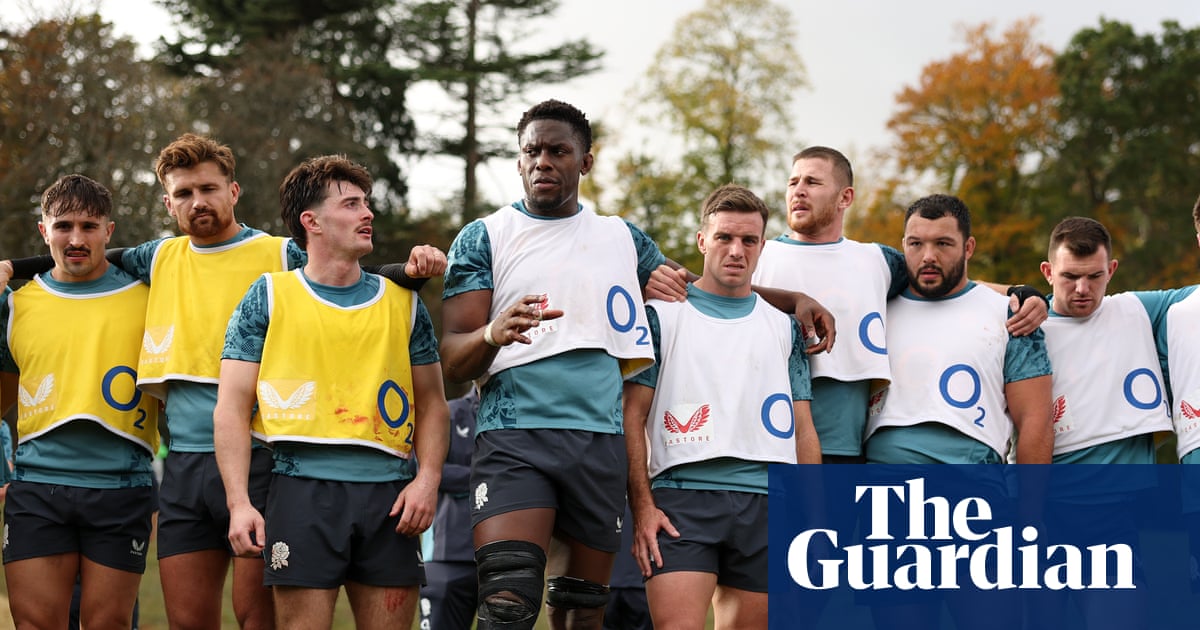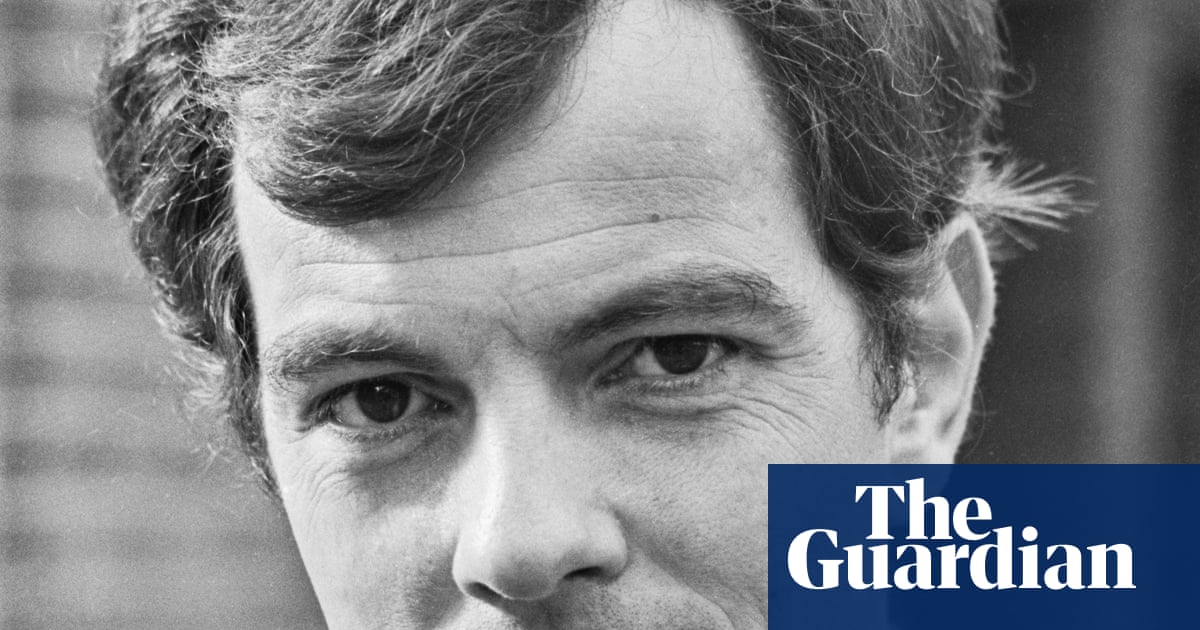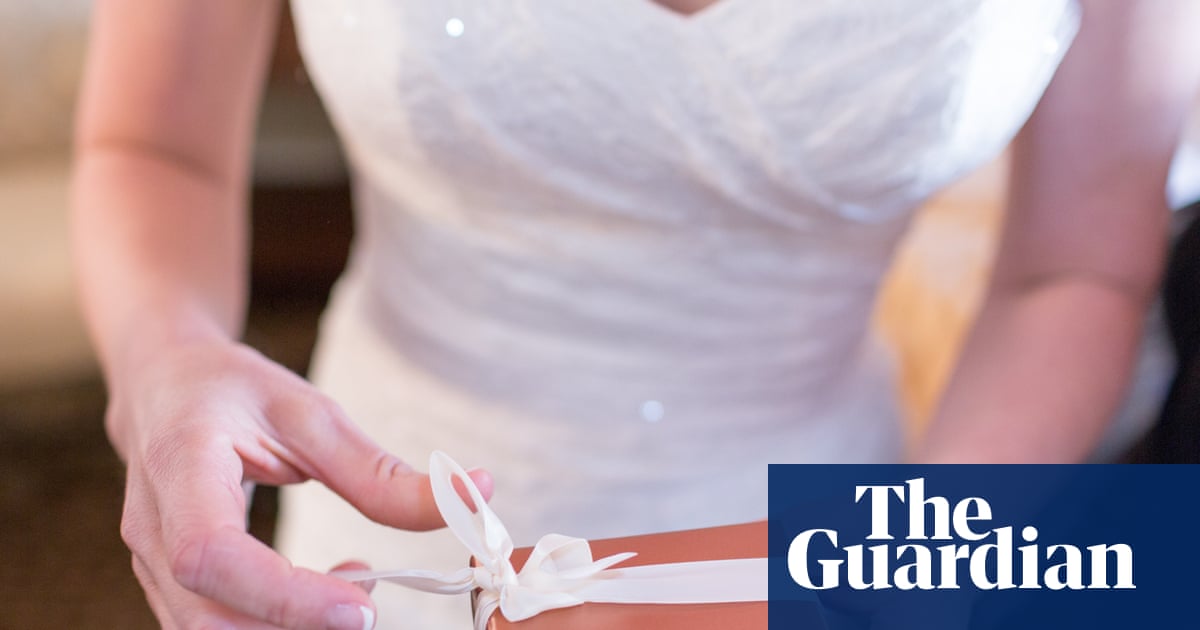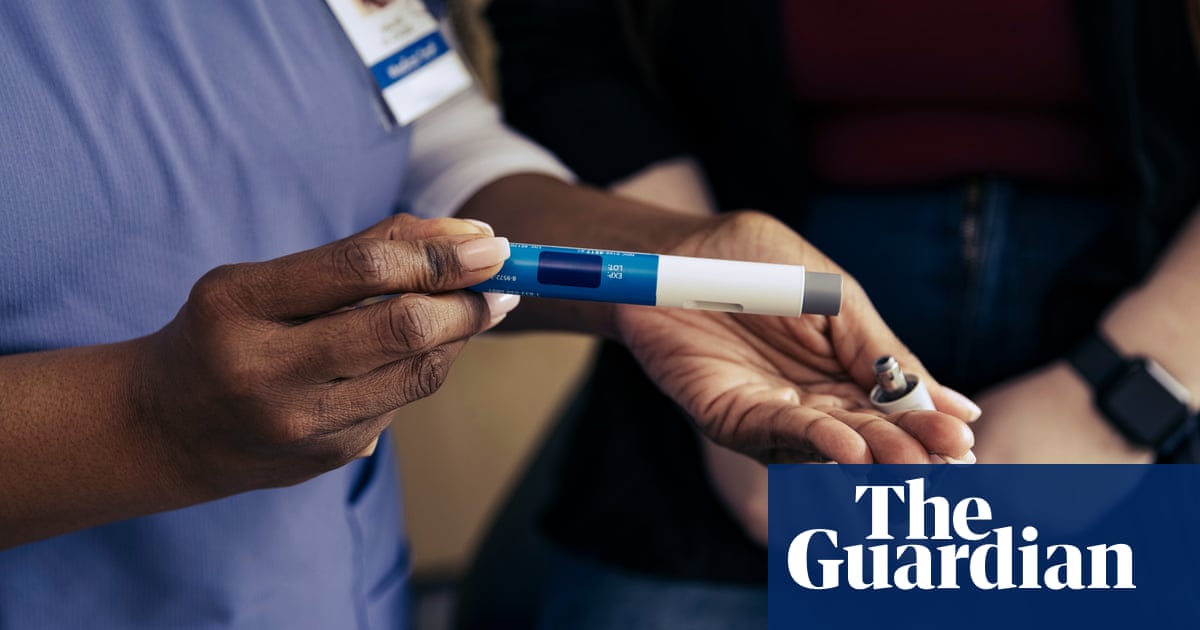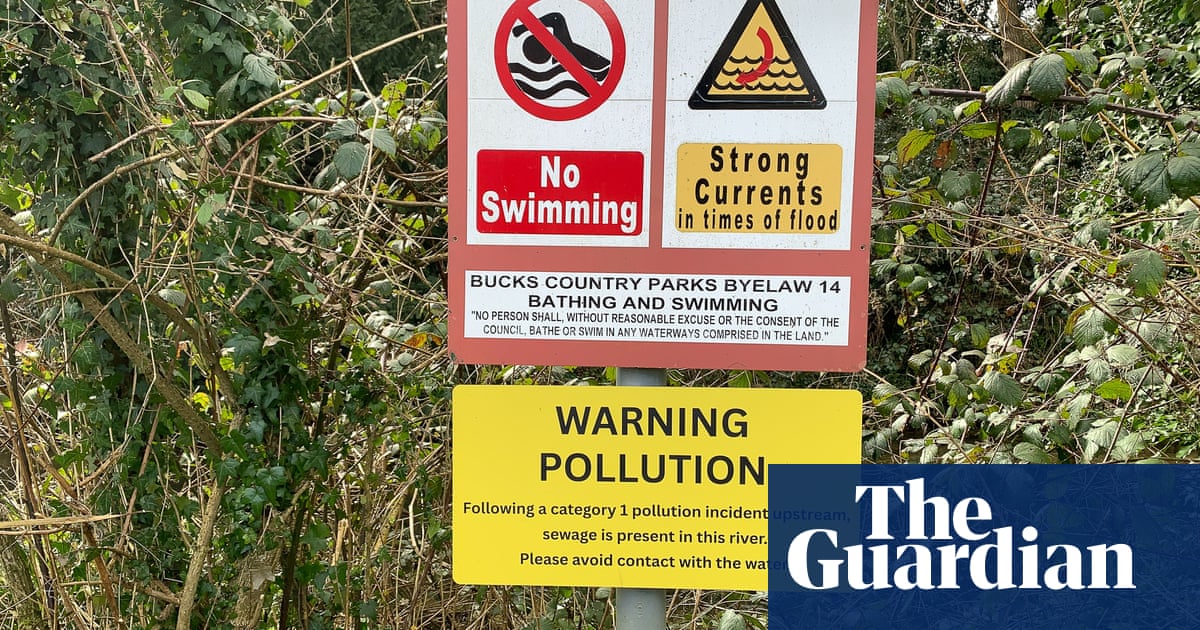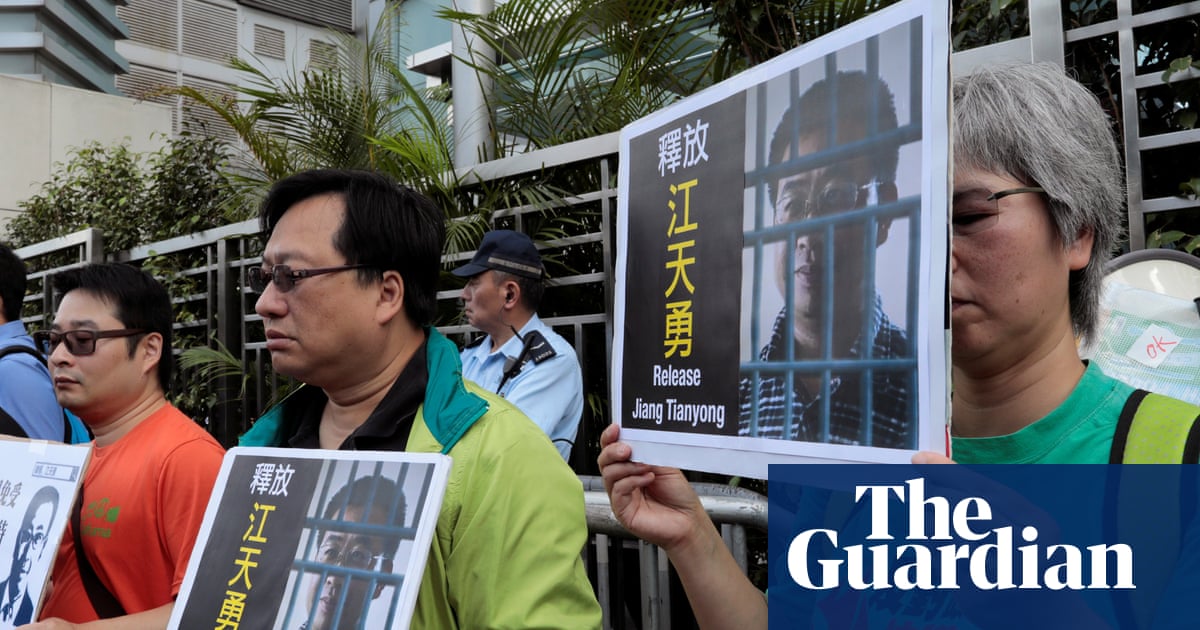The country’s longest serving Aboriginal affairs minister has accused governments of “turning their backs” on soaring Indigenous incarceration rates, after a record number of Aboriginal deaths in custody in New South Wales this year.
Before a protest march in Sydney on Saturday, Robert Tickner, the Hawke and Keating government minister who tabled a landmark royal commission report into Aboriginal deaths in custody in 1991, declared “time’s up” to take action on the issue.
“There can be no excuses for the failure to implement any of the recommendations of the royal commission,” he told Guardian Australia.
“Time’s up, decades ago, and it just must be done.”
Twelve Indigenous people have died in NSW Corrective Services custody since January, while four have died in police operations – the highest number recorded in any full year, the NSW coroner revealed this month.
Analysis of available data by Guardian Australia shows that figure is more than five times higher than the next highest jurisdictions, Queensland and the Northern Territory, which each reported three Indigenous deaths in custody since January. Guardian Australia requested the latest figures from coroners in each state and territory but Western Australia and South Australia declined to provide them.
Paul Silva, an organiser of Saturday’s rally whose uncle David Dungay died in prison in 2015, said each death sent a ripple effect through the community.
“The old saying is you hurt one, you hurt all,” he said.
“We really feel it as First Nations people … and we feel it physically.”
The proportion of Indigenous people in NSW prisons has also reached a record high, according to the state bureau of crime statistics and research.
New figures show the Indigenous prison population jumped by 26% over the past six years, despite a 12% drop for non-Indigenous inmates during the same period. The disproportionate rates were largely due to more Aboriginal people being denied bail, the data shows.
The core advice of the royal commission was that prison should be a last resort.
Tickner, now the chair of the Justice Reform Initiative, said he was “staggered” by the failure to address the drivers of incarceration, including mental health, substance abuse, unemployment and children dropping out of school.

“We are letting governments off the hook, giving governments their own get out of jail free card because they can turn their backs on the problem and continue to fail to invest in those underlying issues,” Tickner said.
“Unless we … get more effective alternatives to incarceration for many Aboriginal people, sadly nothing is going to change.”
The minister for Indigenous Australians, Malarndirri McCarthy, said the number of First Nations deaths in custody in NSW this year was “deeply distressing”.
“The royal commission into Aboriginal deaths in custody made clear that reducing First Nations incarceration rates is the best way of reducing deaths in custody,” she said.
“State and territory governments have a responsibility to make decisions that align with their commitments under the national agreement on Closing the Gap, including to reduce the over-representation of First Nations adults and youths in custody.”
Guardian Australia has sought comment from the NSW premier, Chris Minns.
A NSW government spokesperson previously said a review of Aboriginal deaths in custody, which will make recommendations on how to reduce deaths in corrective services, was due to report back next year.
Only two-thirds of the royal commission’s recommendations have been implemented, according to a 2018 review by Deloitte Access Economics.
Another recommendation was the removal of hanging points from prisons. Yet a Guardian Australia investigation this year found there have been at least 64 deaths from known ligature points in Australian prisons since 1991.
Coroners in Western Australia have expressed dismay about the amount of money set aside for addressing ligature points across the state’s prison system – in one case calling it a “parsimonious” amount.
Between 2005 and 2025, the WA government allocated $29.6m to a ligature minimisation program across the state. But according to a response to a question on notice from the WA Greens leader, Brad Pettitt, in August, there is no longer specific money set aside.
“Instead it is integrated across capital works, maintenance, infrastructure upgrades and operational procedures” the response from the WA minister for corrective services states.

.png) 9 hours ago
7
9 hours ago
7




